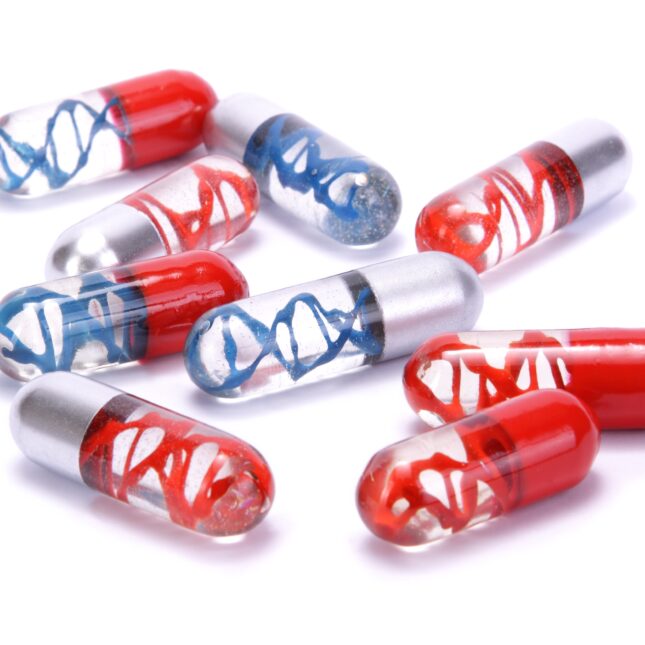
On Nov. 18, a female pediatric patient participating in a clinical trial suffered a systemic hyperinflammatory syndrome and died about two weeks after receiving a gene therapy. Her death comes as both a setback for GT and a warning about managing future research. It is time to put the sharing of information among research teams ahead of the current prioritization of secrecy for commercial purposes.
The young girl’s death came barely two years after a comparable syndrome resulted in the death of a 27-year-old man with Duchenne muscular dystrophy. He had received a similar viral vector via a different route of administration, carrying a different genetic cargo. Two other deaths due to acute reactions and organ toxicity in early commercial use of the same viral vector occurred in 2022. In 2020 and 2021, a clinical trial of a GT using yet a different viral vector and carrying a different genetic cargo resulted in the deaths of four boys soon after administration.
These tragic deaths highlight something important: The industry needs to examine whether safety and prevention of catastrophic adverse events in early-stage and early commercial experience with GTs can be done better — and, if so, how. But that will be virtually impossible without major changes.

This article is exclusive to STAT+ subscribers
Unlock this article — plus in-depth analysis, newsletters, premium events, and news alerts.
Already have an account? Log in





